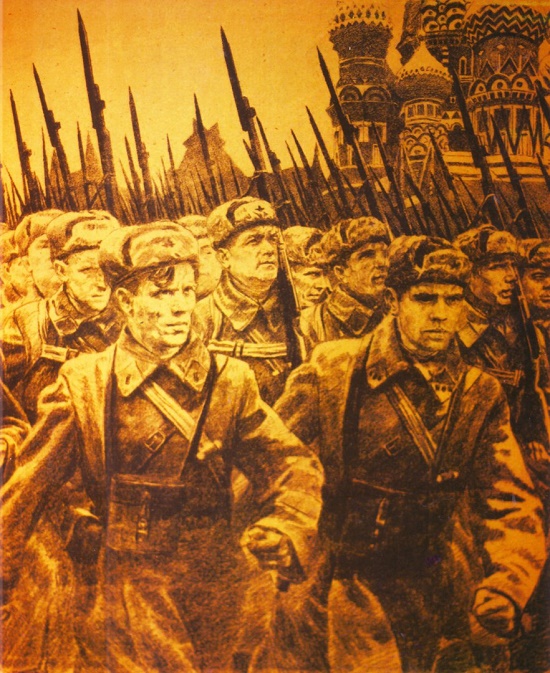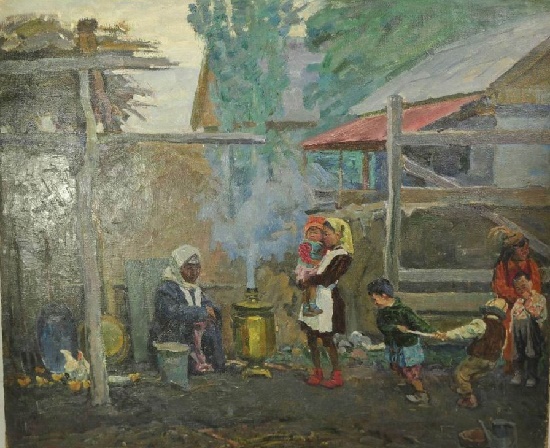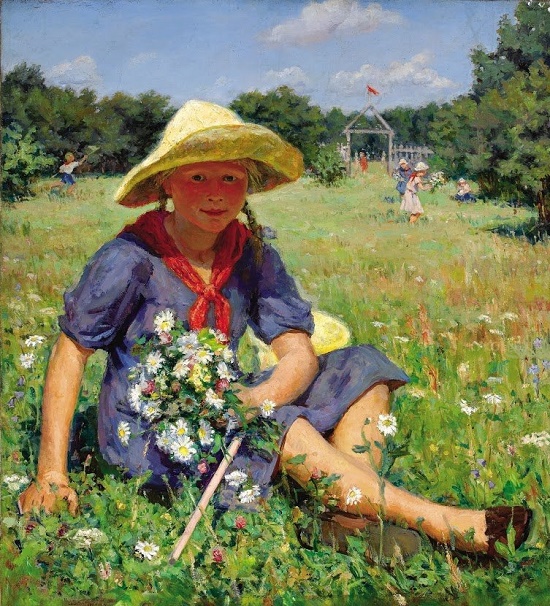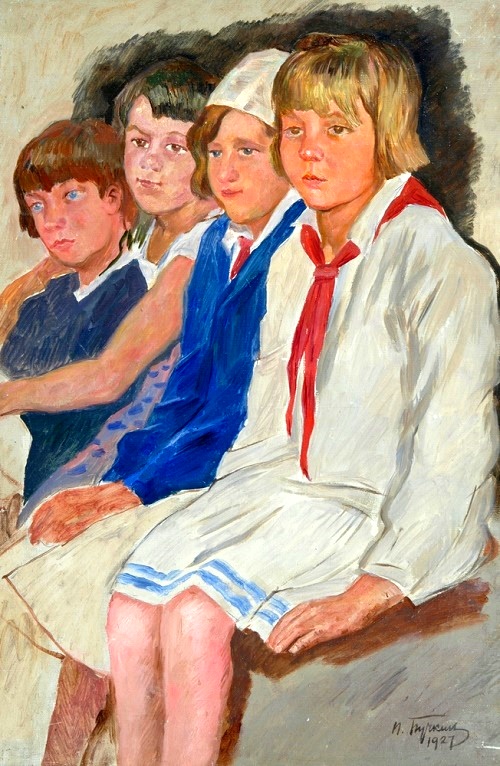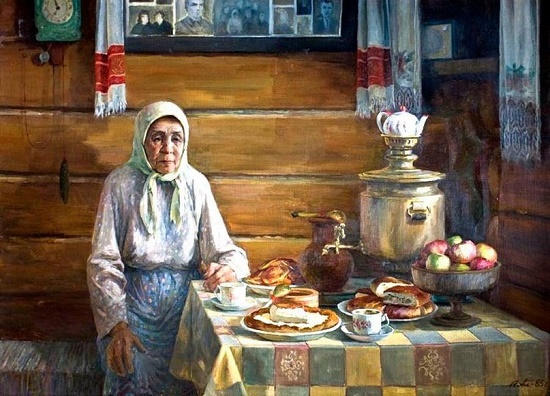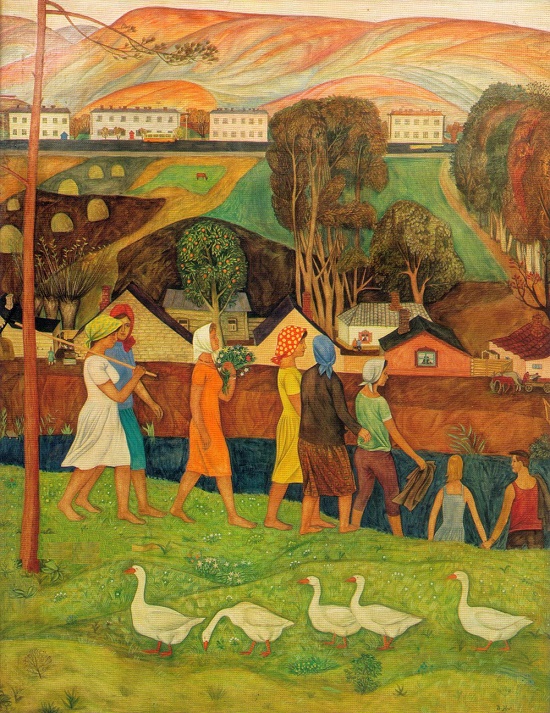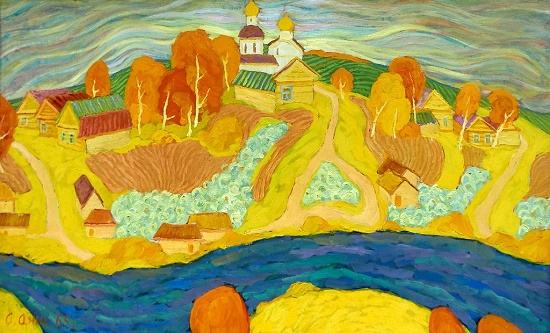Soviet artist Adolf Evgenievich Alexeyev 1934-2000
Soviet artist Adolf Evgenievich Alexeyev
Born May 8, 1934 in Leningrad, Adolf Evgenievich Alexeyev – Honored Artist of the RSFSR (1976). In 1959 he graduated from the Moscow Art Institute of VI Surikov. He perfected his mastery in the creative workshops of Soviet artists V.P. Efanov and F.I. Nevezhin, in the Academy of Arts of the USSR.
In 1965 he began working in the Studio of Military Artists of Mitrofan Grekov. Awarded the gold medal of M.B. Grekov for participation in the restoration of the panorama of F.Rubo “The Battle of Borodino” (1968). In addition, for the picture “Moscow. District. 1941” – awarded with the silver medal of the USSR Academy of Arts (1970).
Adolf Evgenievich Alexeyev was a permanent participant of exhibitions of Soviet art, as well as solo exhibitions. In particular, in the Studio of Military Artists (1964), the Central House of the Soviet Army (1974), the halls of the Moscow State Duma (1998), etc.
Read more »
